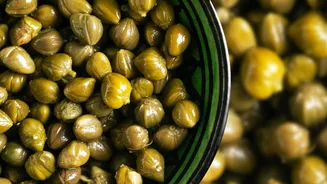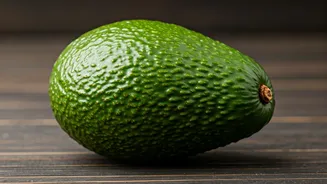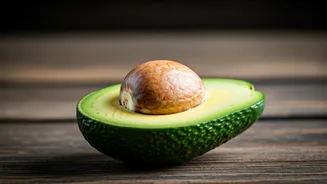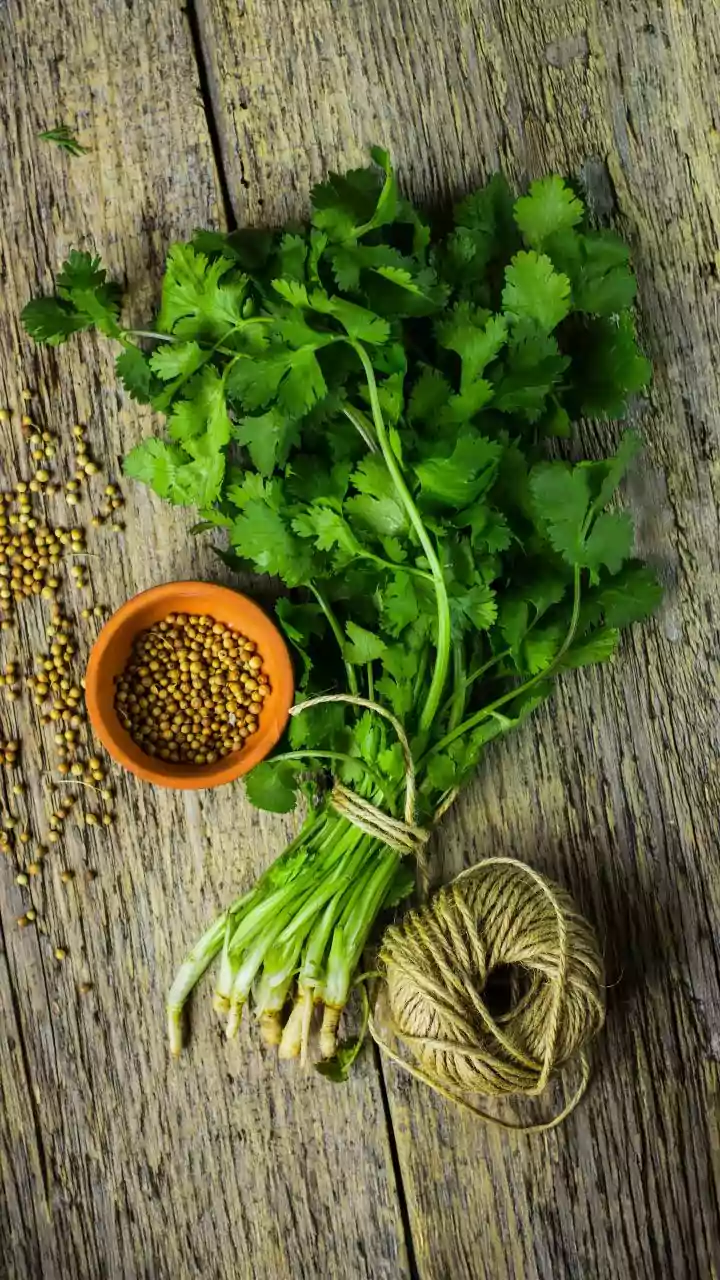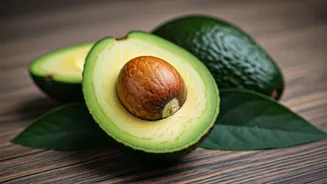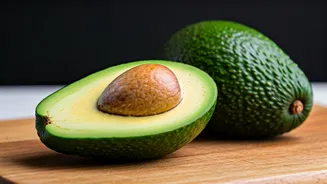Visual Inspection Matters
The first step in assessing pasta quality is a visual examination. Observe the pasta's color; top-tier pasta exhibits a pale, creamy yellow hue, indicative
of high-quality durum wheat. A dull or greyish appearance can suggest inferior ingredients or improper drying. Also, look for an even surface without cracks or imperfections. These inconsistencies often point to rushed production or poor-quality ingredients. Properly made pasta will appear smooth and consistent, signifying a careful and controlled manufacturing process. Check for uniform thickness, especially in shapes like spaghetti or fettuccine. This consistency ensures even cooking and a superior eating experience. The visual clues provide a preliminary assessment of the pasta's quality, serving as a foundation for further evaluation.
Texture and Feel Test
After the visual check, the next step involves a tactile assessment of the pasta. The texture should feel firm and slightly rough to the touch. This roughness is a characteristic of pasta made with high-quality durum wheat and processed through bronze dies, which creates tiny pores that help the sauce adhere effectively. Avoid pasta that feels overly smooth or slick, as this might suggest the use of additives or a manufacturing process that compromises the texture. Gently feel the edges of the pasta. They should be well-defined and not crumbly. Crumbly edges can indicate that the pasta is prone to breaking during cooking. This is a telltale sign of lower-quality products. Proper handling during production and careful packaging are essential for maintaining the integrity of the pasta. This touch test gives you a physical insight into the pasta's structure, hinting at its cooking properties and overall quality.
Cooking Performance Check
The final test is to cook a small portion of the pasta. Observe how well it holds its shape during cooking. Superior-quality pasta retains its structure and doesn't become mushy or sticky, even when cooked al dente. Cook the pasta according to the package instructions. Overcooked pasta often signifies a lower gluten content or inferior ingredients. Taste the pasta while cooking to monitor its firmness and consistency. It should have a slight bite or 'al dente' texture, meaning 'to the tooth' in Italian. This desirable texture indicates that the pasta has cooked perfectly. Furthermore, the water should remain relatively clear during cooking, not excessively cloudy. Cloudy water may suggest starch leaching, a sign that the pasta is not holding its shape and releasing starches into the cooking water. These cooking indicators provide the final validation of the pasta's quality and its suitability for various dishes.



